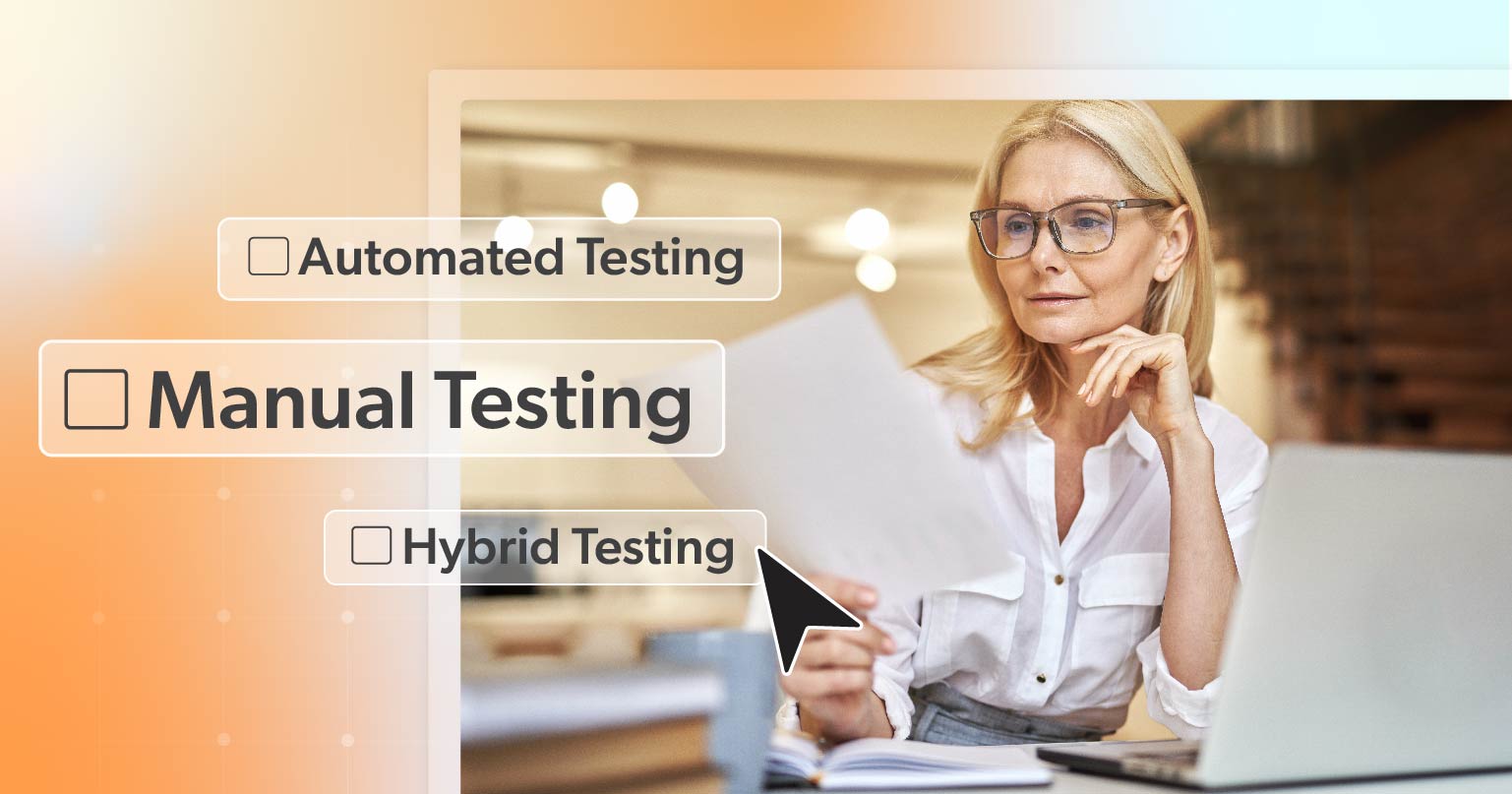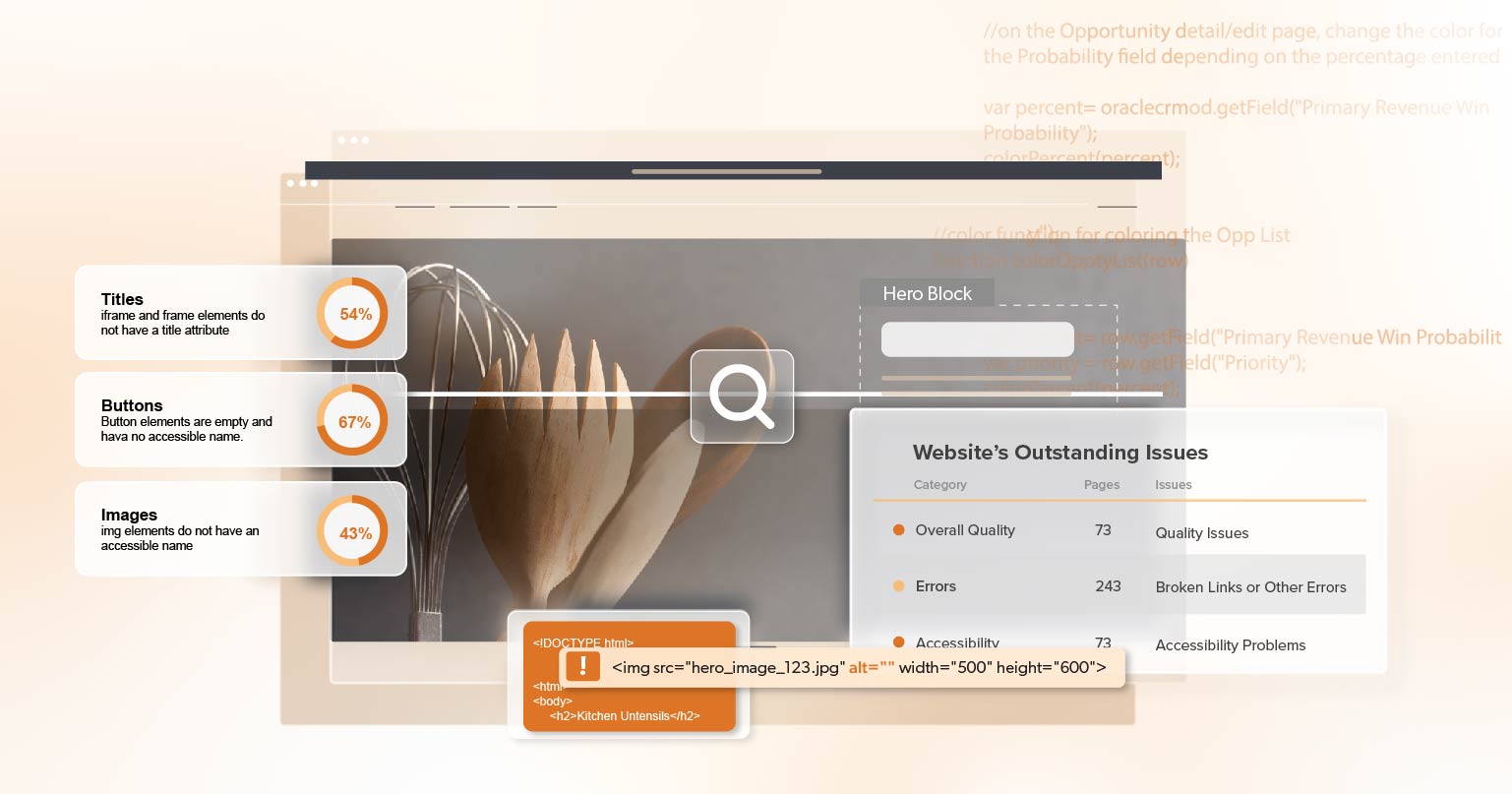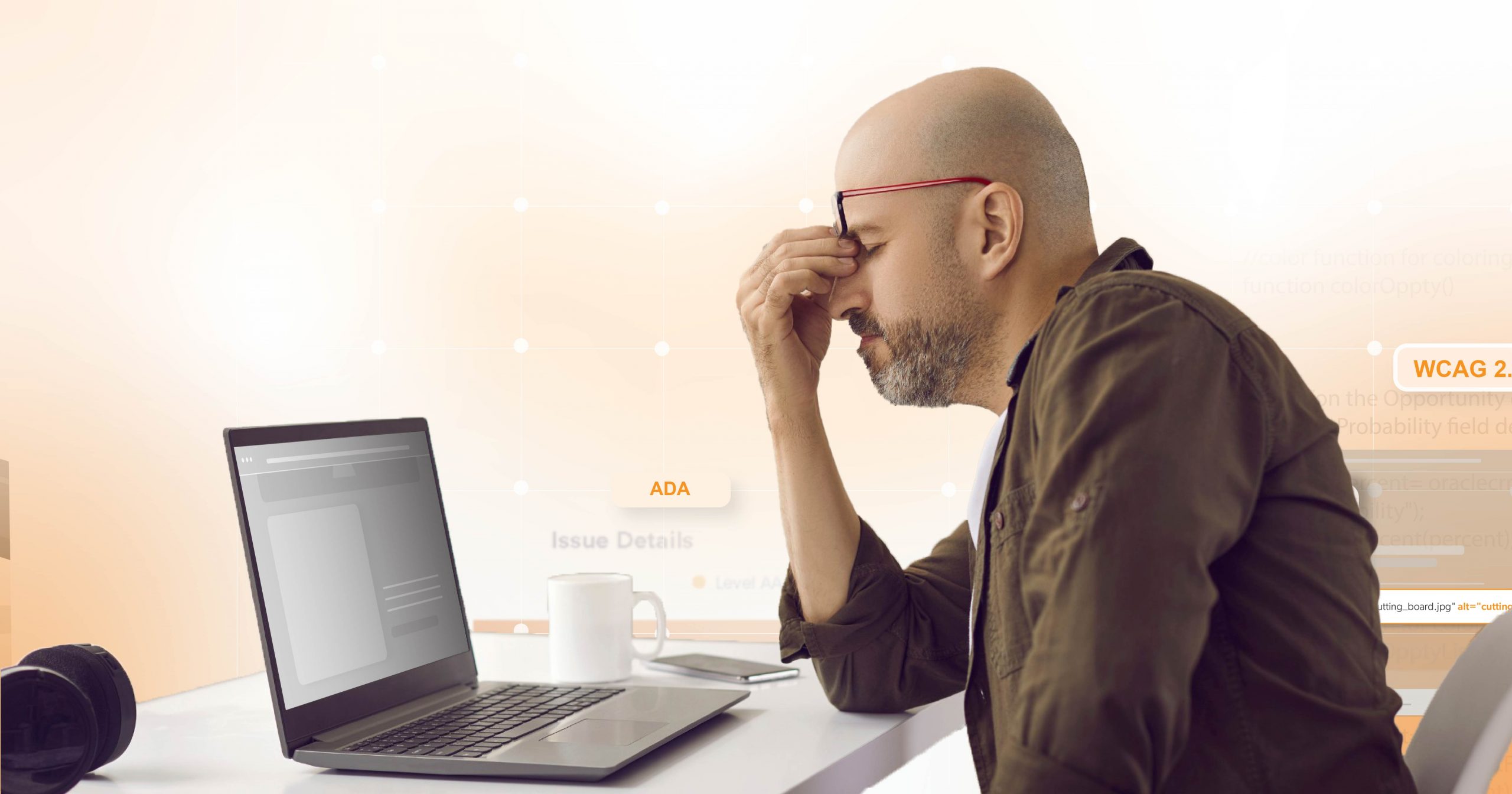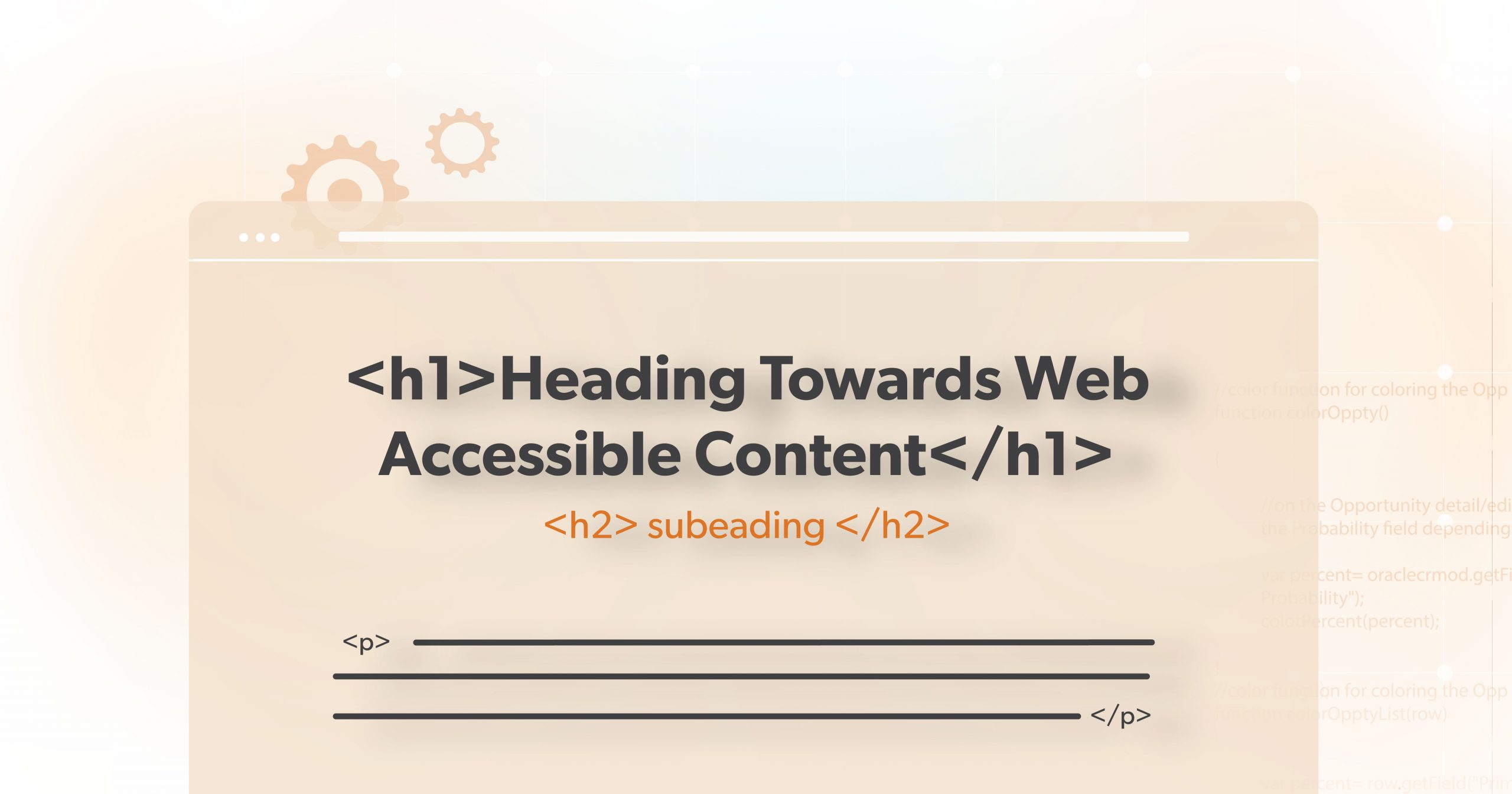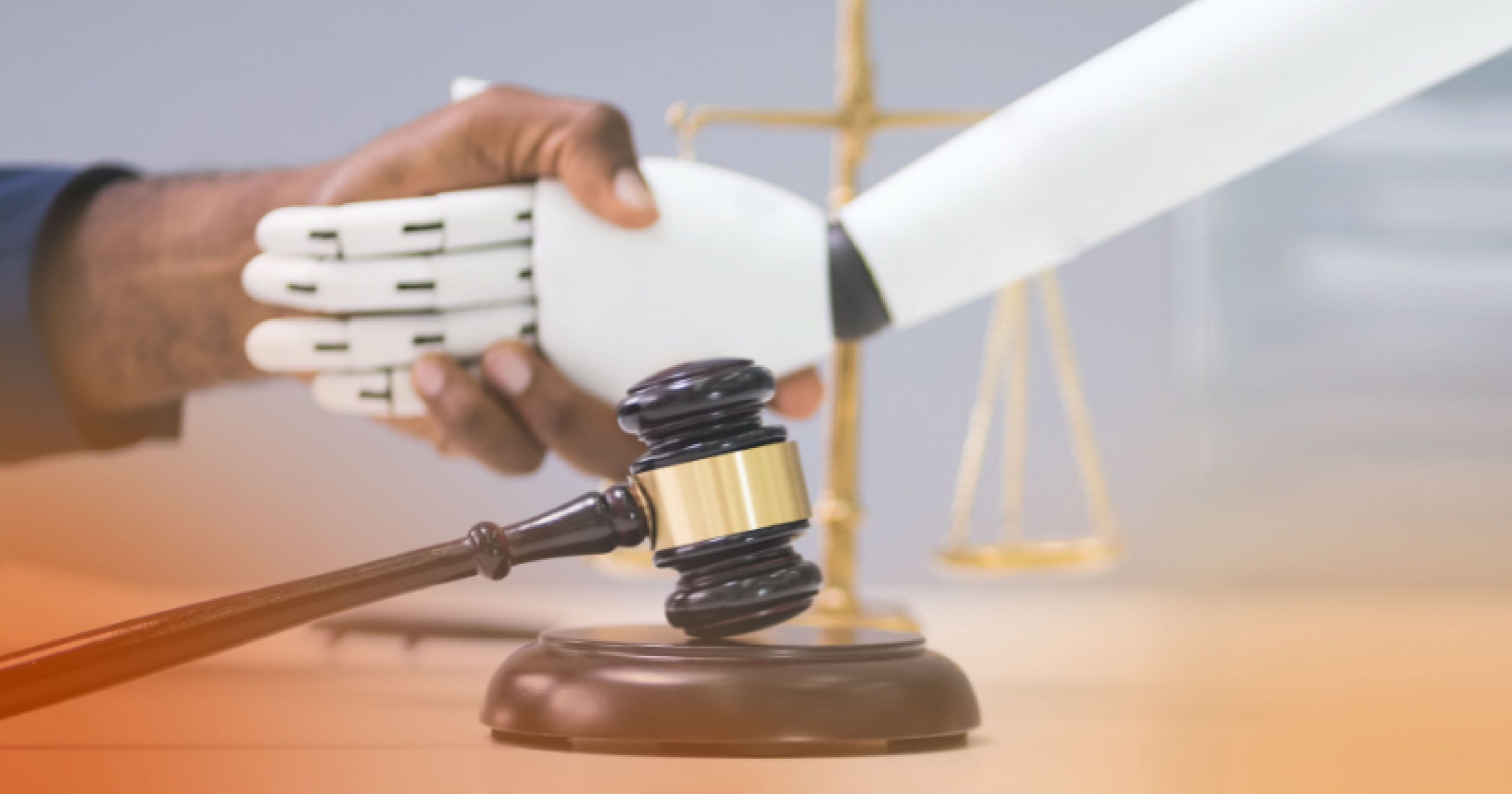Making a website that everyone can use is an important goal for content creators, website owners, and developers. People who have disabilities, such as vision or hearing impairments, should have the same access to information and services as anyone else. Web accessibility removes barriers so all users can enjoy and navigate online content. One tool that can help is accessibility extensions—browser add-ons or standalone software that scans a website for common accessibility problems. But can you rely on these extensions alone to achieve a fully inclusive site?
In this article, we’ll discuss how these tools work, where they shine, and where you need to look beyond them to create truly accessible websites.
What Are Web Accessibility Extensions?
Web accessibility extensions are programs that you add to your internet browser or use as separate tools to check how well a website follows specific accessibility standards. These rules often come from guidelines like the Web Content Accessibility Guidelines (WCAG) set by the World Wide Web Consortium (W3C).
The extensions scan a webpage’s code and point out things that might make it hard for users with disabilities to use. For example, if a picture is missing a text description (called “alt text”), an accessibility extension might highlight that. Or, if your text color and background color are too similar, the extension might let you know that the contrast is poor.
Popular Accessibility Extensions
There are many accessibility extensions to choose from, and each has its own strengths:
- Google Lighthouse: This free, open-source tool is built right into Google Chrome’s Developer Tools. It checks your website for performance, accessibility, and search engine optimization (SEO) issues. Lighthouse’s accessibility report can show you issues like missing labels on form fields and low color contrast.
- BrowserStack: While not strictly an extension, BrowserStack is a popular platform that lets you test your website on many devices and browsers. It also includes accessibility checks so you can spot problems before your site goes live.
- Color Enhancer: This Chrome extension is helpful for testing different color settings. It simulates how someone with color vision challenges might see your site, helping you adjust your color palette.
- Total Validator: This tool checks for multiple issues at once. It looks for accessibility problems, HTML errors, and even spelling mistakes. It’s useful if you want an all-in-one solution.
Why These Tools Are Helpful
Accessibility extensions can save time and money, especially in the early stages of website development. They’re usually easy to install and use, often with just a few clicks. Many come at no cost, making them friendly for anyone’s budget. They also highlight the low-hanging fruit—simple issues you can fix quickly, like missing alt text, mislabeled buttons, or poor contrast.
When used regularly, these extensions can become part of your workflow. For instance, you can run Google Lighthouse each time you make a new page, making sure you don’t introduce new errors. Color Enhancer can be switched on while you design graphics, so you can instantly check your chosen colors. By catching issues early, you reduce the risk of more significant accessibility barriers piling up later.
The Limits of Accessibility Extensions
While these tools can be beneficial, they can’t do everything. Accessibility is about real-life user experience. Extensions might catch many problems, but there are several reasons they might not be enough:
- They Don’t Catch All Errors: Some issues are complicated and need a human eye. For example, a tool might not realize that your navigation menu is confusing or that your form error messages aren’t explained well.
- Automation Can Miss Nuances: An extension may mark something as fine even if it’s not easy to use in practice. Think of a button that looks accessible but is tricky to reach using keyboard navigation. Human testing would catch that, but an automated tool might not.
- Limited Customization: Some extensions can’t adapt to specialized needs. If your website has complex interactive elements or unique design features, an extension might not provide accurate feedback.
Practical Steps for Using Accessibility Extensions
To get the most out of your accessibility extensions, you can follow a simple process:
- Install One or More Extensions: Pick a couple that make sense for your workflow. For a developer, Google Lighthouse is a solid choice; Color Enhancer might be more fitting for a designer.
- Run Automatic Scans Often: When you add new content or launch a new feature, rerun the extension. This helps you fix issues before they become widespread.
- Review the Reports: Look at what the tool says and note any errors. For example, if Lighthouse tells you there’s missing alt text, add it immediately.
- Cross-Check with Another Tool: Since no single extension catches all issues, try a second tool to see if it spots something different. Combining tools gives you a more complete picture.
- Document Your Changes: Keep track of what you fix. If your team grows or you step away from a project, the next person will know what was corrected and why.
Going Beyond Extensions: Manual Testing & Real Users
Even the best technology can’t replace the insight of real people. To go beyond automated checks, try these methods:
- Manual Testing: Walk through your website with a keyboard only (no mouse). Can you reach all interactive elements, like menus, links, and form fields? Check if focus indicators (the outlines around clickable items) are visible so users know where they are on the page.
- Test with Assistive Technologies: Screen readers like NVDA (free for Windows) or VoiceOver (built into macOS and iOS) let people with visual impairments hear text read aloud. Try them out on your site. Can you follow the page structure logically? Are buttons and links announced clearly?
- Get Feedback from Users: Invite people with disabilities to test your site. This can be done in person or through online platforms. Their first-hand experiences will show you things no tool can catch.
- Follow WCAG Guidelines: The W3C’s Web Content Accessibility Guidelines provide detailed advice about making websites more inclusive. Follow these guidelines to ensure you’re meeting recognized standards.
- Keep Checking Over Time: Accessibility isn’t a “one-and-done” situation. Technology changes, and so does your site’s content. Regular audits help you stay current with new requirements or tools.
Professional Tools and Services
For more significant sites or those in specific industries, it can help to invest in professional tools or services. Some companies offer advanced scanning that runs on a schedule and sends alerts when accessibility issues are found. Others offer expert audits, which include hands-on testing by accessibility specialists. Examples include:
- a11y.Radar: Provides automated scans, real-time issue tracking, and actionable developer guidance. It integrates with CI/CD workflows and offers analytics to monitor progress and prioritize critical fixes.
- Siteimprove: This includes monitoring and scoring your site based on accessibility, SEO, and more.
- Specialized Accessibility Consultancies: Hiring an experienced team can help with complex sites or strict legal requirements.
Additional Resources to Explore
If you’d like to learn more or go deeper into this topic, here are a few helpful links:
- W3C Web Accessibility Initiative: Offers guidelines, techniques, and tutorials on how to create an accessible website.
- WebAIM: Contains articles, tools (like the WAVE Extension), and a community forum focused on accessibility.
- A11y Project: A community-driven site with guides, checklists, and news about web accessibility.
- Section508.gov: Focuses on accessibility laws and standards in the United States.
Conclusion
Accessibility extensions are a great starting point. They quickly show you common issues and give you ideas on what to fix. Yet, relying on them alone doesn’t ensure everyone can use your site. By also doing manual checks and involving people with different abilities, you can create a richer, more usable online experience. Combining automated scanning, real-world testing, and guidelines like WCAG gives you the best chance of meeting everyone’s needs.
Remember, building an inclusive website is an ongoing journey. Updates to your site, new browser versions, and changing assistive technologies mean there’s always something more to learn. Encourage your team to see accessibility as a shared responsibility. Keep your tools up to date, document your progress, and work together to reduce barriers for all. In the end, these efforts not only help people with disabilities, but they also make your site more user-friendly for everyone.
If you’re ready to take the next step in making your website accessible, 216digital can help. From expert audits to ongoing monitoring with our a11y.Radar tool, we’re here to guide you every step of the way. Contact 216digital today and ensure your website meets the highest standards for accessibility, usability, and inclusivity. Together, we can build a web that works for everyone.

